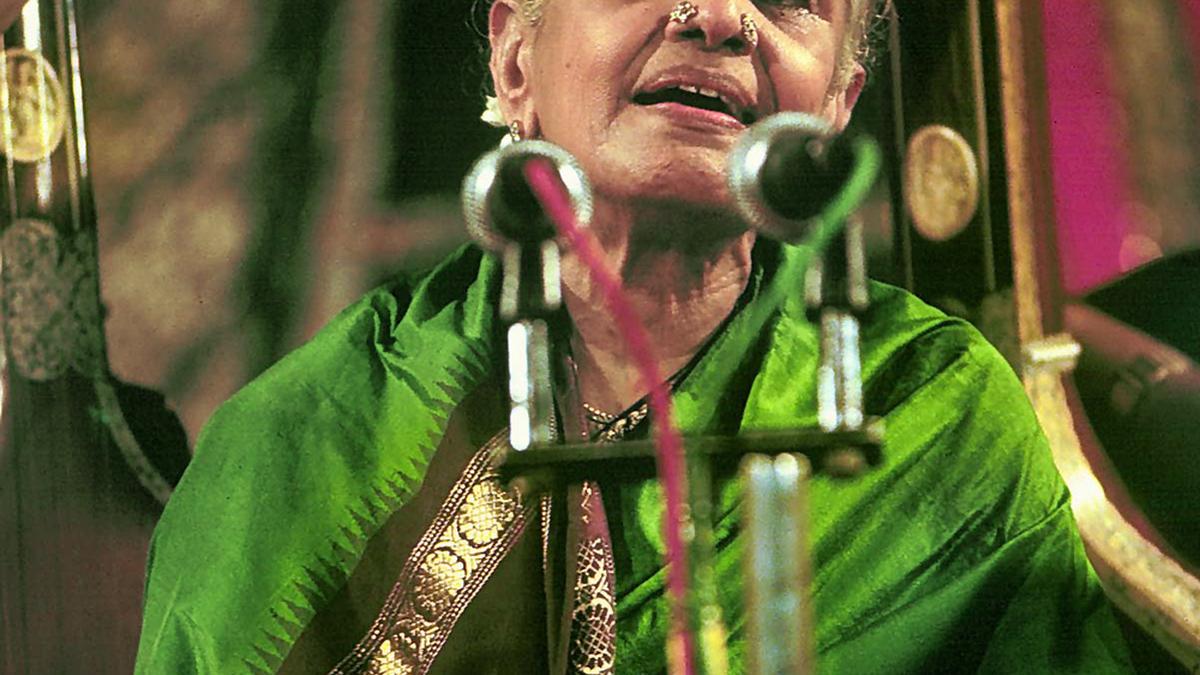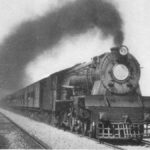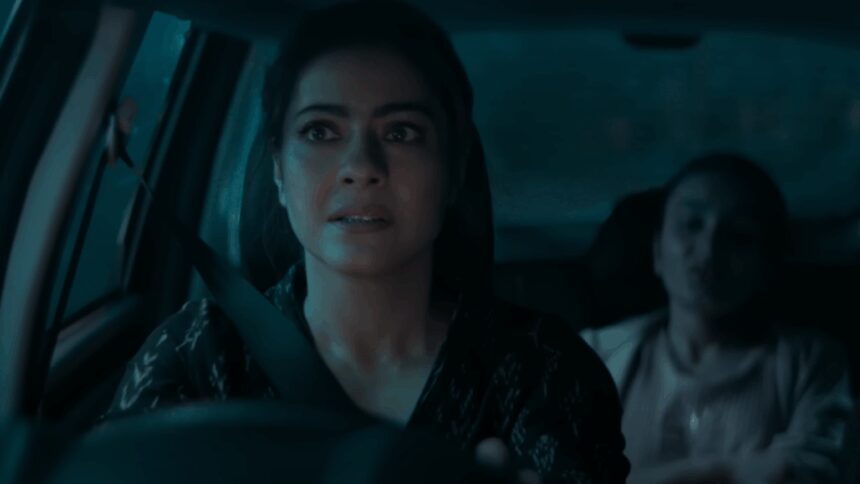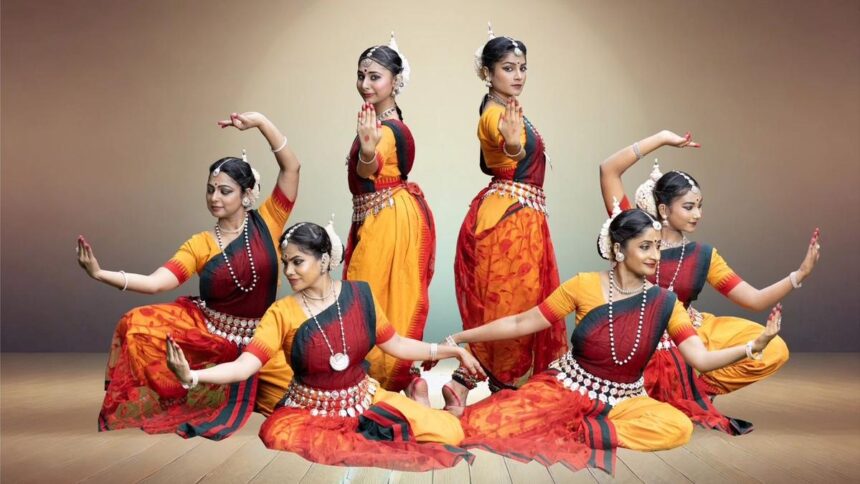
M.S. SUBBULAKSHMI
| Photo Credit: THANTHONI S.
Madras, music, and the month of Margazhi have become nearly inseparable. But did you know that Madras attracted musicians as early as the 18th Century?
By the 1700s, the city had established a centre of music patronage and arts,” historian V. Sriram recounts in one of his talks.
Meanwhile, the city’s temples had been hosting music and dance performances, and by the end of the 1800s, many musicians began migrating to Madras. Talking to The Hindu, Mr. Sriram says, the 20th Century saw the entry of gramophone records and microphones in the Carnatic music scene.
In the 1950s, legendary musicians, such as D.K. Pattammal, M.L. Vasanthakumari, M.S. Subbulakshmi, Ariyakudi Ramanuja Iyengar, Semmangudi Srinivasa Iyer, Lalgudi S. Jayaraman, T.N. Krishnan, and Umayalpuram K. Sivaraman, popularised this art form in Madras and across the globe.
Carnatic music reached its peak in the 1990s. Mr. Sriram adds, “It was also a time when a flurry of NRIs began visiting the city consistently every December. This coincided with the emergence of a lot of extremely talented young musicians like Vijay Siva, T.M. Krishna, Sanjay Subrahmanyam, Bombay Jayashri, Nithyashree Mahadevan, and S. Sowmya. They used to draw full houses.”
Nithyashree Mahadevan says, today, the Carnatic music ecosystem has undergone a sea change. “From a 3.5-hour concert in the 50s, it has been reduced to 1.5-hour concerts. The legends back then could explore a raga like Andolika or Malavi in great detail. But now, we can’t take as much time as the attention span is shrinking,” she says.
Moreover, drawing music lovers to the halls is tough, she says. “When they can listen to Carnatic music on YouTube, why will they venture out to the hall?”
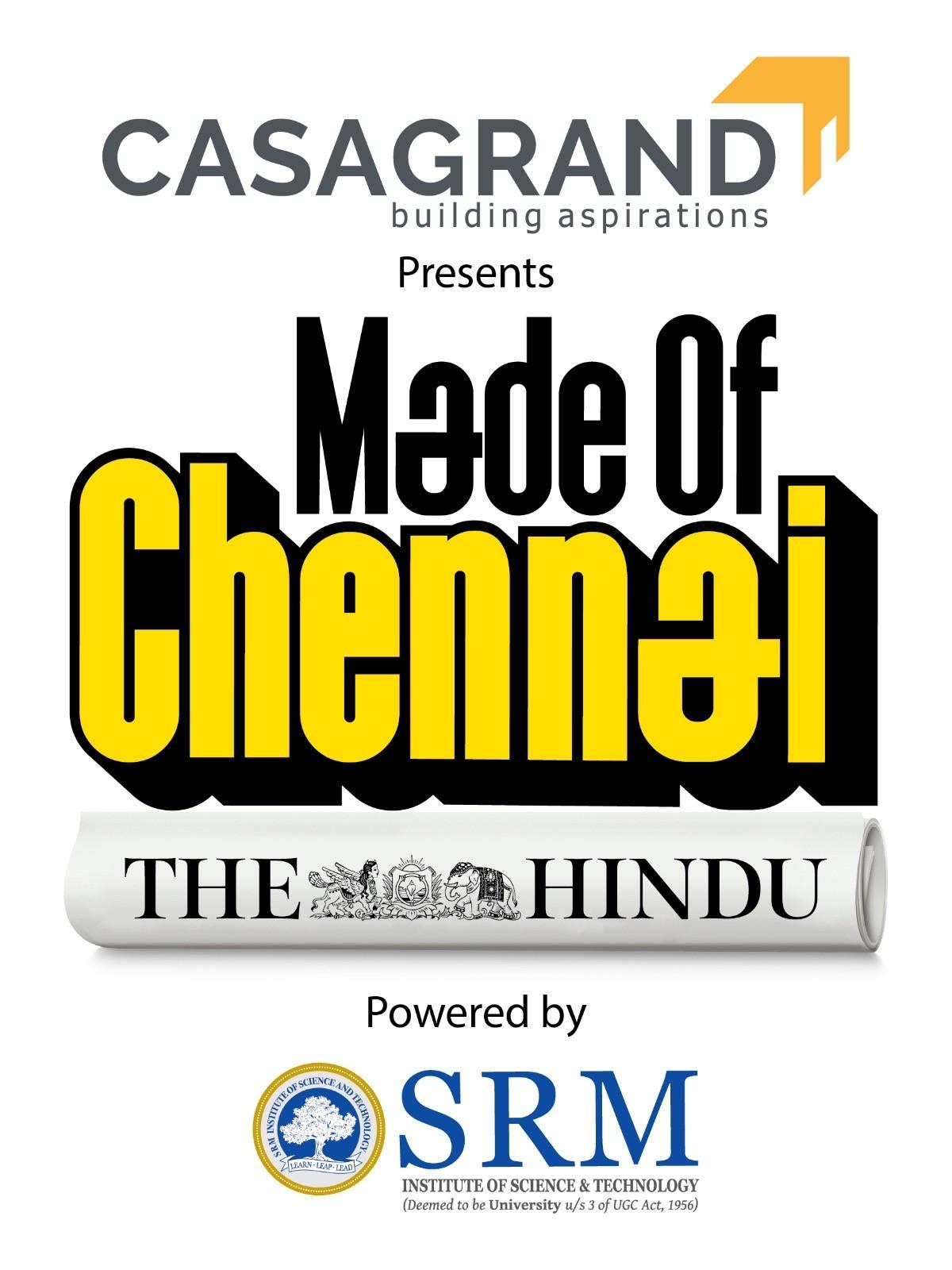
Such problems began to arise in the late 2000s. The pandemic accelerated it and brought in a paradigm shift. “We are at a time when the artistes are under pressure to deliver something new. Only then can they draw youngsters to concert halls,” she says.
Technology has its good side, too: music is easily available, and people get inspired to learn it, Mr. Sriram adds.
Musician Sikkil Gurucharan says musicians are facing intense pressure on the repertoire and presentation styles. “The concept of staying relevant is measured by a new section of the audience who look at what’s trending and going viral on social media. Some of the musicians also have digital managers who keep track of what’s doing well. While we can keep up with the trend and understand what’s going on, we must use it only to draw people to the halls, and appreciate a live concert all the more, rather than drift away to online versions alone,” he adds.
Carnatic music has never been as popular as film music, but stands as a niche art form, and thrives amid stiff competition. “This city has nurtured Carnatic music, and will continue to do so. If a musician wants to make a mark in the field and prove their mettle, only Chennai can create that magic. If you have to savour the flavour of Carnatic music, you could go anywhere, yet nothing can come close to the experience that Madras gives you,” Ms. Mahadevan adds.
Published – August 22, 2025 08:00 am IST








